Almost 50 people took part in the restoration, and it took 21 years
The ancient amphitheater in the ancient Greek city of Laodicea was restored. It took archaeologists and architects more than 20 years to restore and excavate. The amphitheater was restored to the appearance it had before the earthquake that occurred in 60 AD.

The monumental task of restoring the ancient amphitheater was undertaken by Turkish professor Celal Şimşek from the University of Pamukkale (ancient city of Hierapolis) and his archaeological team back in 2003. After 21 years, their project to restore the ancient Greek monument, which seats more than fifteen thousand people, to its former glory is finally completed.
Speaking to the Turkish Anadolu News Agency, Şimşek said that his restoration team used the most modern methods, meeting international criteria, and noted that “this is the most large-scale project, the restoration of which was completed in such a short time.”
Şimşek added that a total of ten scientists, a specialist architect, twelve archaeologists, four restoration experts and twenty workers participated in the ambitious project, which was made possible by the South Aegean Development Agency and the Denizli Municipality.
The amphitheater was considered to be in good condition even before the restoration, given that millennia had passed since its original construction. It is located on two sides of a narrow valley. To the west are significant remains of an underground passage through which chariots and horses once entered the stage.
Laodicea was an ancient city built on the Lycus River. It was located in the regions that later became the Roman province of Phrygia Pacatiana.
It was founded by Antiochus II Theos in 261-253 BC in honor of his wife Laodice I, but it was most likely built on the site of an even older city. The location is also notable because the city is located about 160 kilometers east of the historical city of Ephesus, which is mentioned in the Bible as a rebellious city that believed in idols rather than God. According to the historian and geographer Strabo, Laodicea was on a high road and soon became quite wealthy as a result of trade.
However, the area suffered frequently from earthquakes, especially the great earthquake that occurred during the reign of Nero in 60 AD era, as a result of which the city was completely destroyed. However, its proud inhabitants refused the empire's help in restoring the city and restored it themselves.
The wealth of the people of Laodicea allowed them to show an interest in art. The ruins of the city indicate the presence of not only an amphitheater, but also a bathhouse, temples, a gymnasium and a bouleuterion — Senate building. On the eastern side, the line of the ancient wall with the remains of the Ephesus Gate is still clearly visible. To the north of the city, towards the Lycus River, there are many sarcophagi, next to which lie lids, partly dug into the ground, and all of them have been opened a long time ago.
The aqueduct at Laodicea shows an original design: instead of the usual open channel, the so-called inverted siphon was used, consisting of a double pipeline where the liquid moves along a U-shaped path into the valley and back into the city.
According to archaeologists, the city ruins bear the imprint of Roman extravagance and luxury, and not the harsh and massive solidity of the Greeks. In March 2019, it was announced that a fairly well-preserved statue of the Roman Emperor Trajan had been discovered at the site.








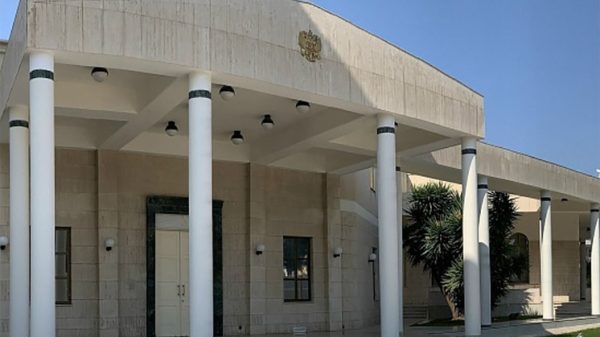

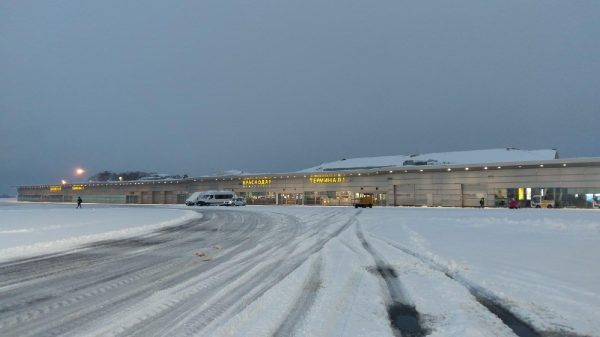



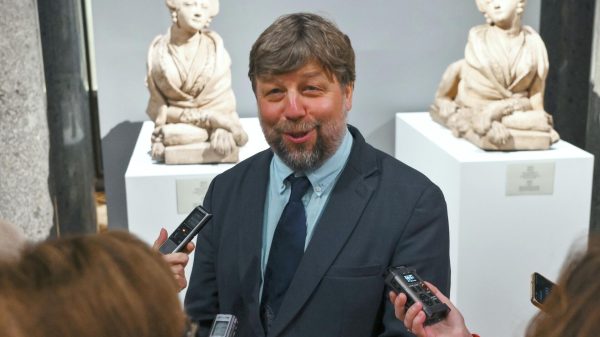




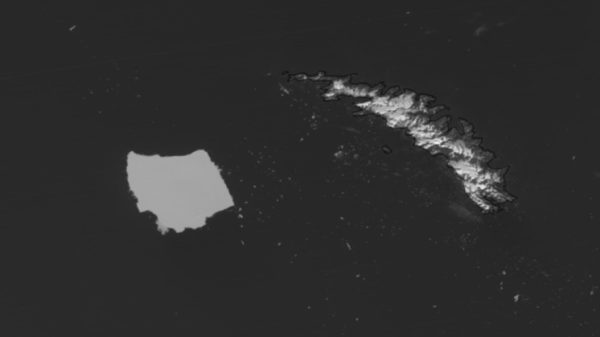














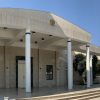























Свежие комментарии